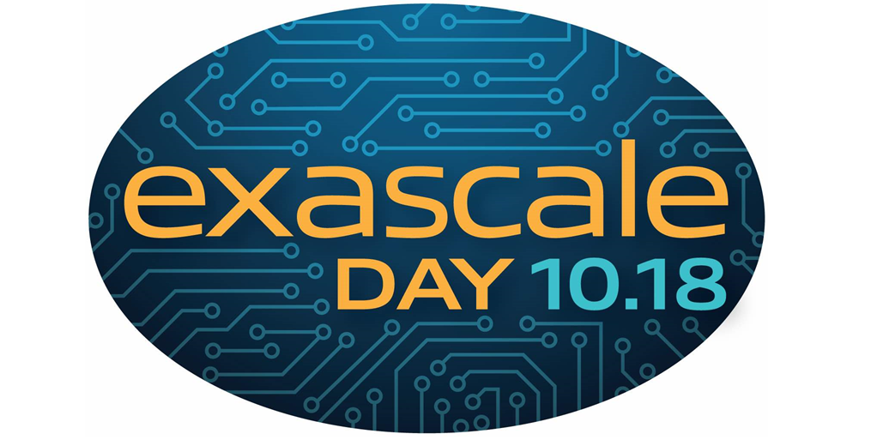One of our readers (hi, Sharan) send me a pointer to this nifty story out of Sandia. Researchers there have run a million Linux kernels as virtual machines on Thunderbird, an 8,960-processor Dell Linux cluster, all in the name of security
The achievement will allow cyber security researchers to more effectively observe behavior found in malicious botnets, or networks of infected machines that can operate on the scale of a million nodes. Botnets, said Sandia’s Ron Minnich, are often difficult to analyze since they are geographically spread all over the world.
…Running a high volume of VMs on one supercomputer — at a similar scale as a botnet — would allow cyber researchers to watch how botnets work and explore ways to stop them in their tracks. “We can get control at a level we never had before,” said Minnich.
The previous state of the practice was 20,000 kernels at once. Quite a jump. Other potential uses mentioned in the article include higher fidelity modeling of parts of the internet.
“The sheer size of the Internet makes it very difficult to understand in even a limited way,” said Minnich. “Many phenomena occurring on the Internet are poorly understood, because we lack the ability to model it adequately. By running actual operating system instances to represent nodes on the Internet, we will be able not just to simulate the functioning of the Internet at the network level, but to emulate Internet functionality.”
To reach 1,000,000 kernels the research team ran 250 virtual machines on each of the nodes of Thunderbird. But what’s the ultimate goal?
“It has been estimated that we will need 100 million CPUs (central processing units) by 2018 in order to build a computer that will run at the speeds we want,” said Minnich. “This approach we’ve demonstrated is a good way to get us started on finding ways to program a machine with that many CPUs.” Continued research, he said, will help computer scientists to come up with ways to manage and control such vast quantities, “so that when we have a computer with 100 million CPUs we can actually use it.”
By the way, John Markoff at the NYT also wrote an article on this in case you want to round out your reading.




[…] link: Sandia advances Internet-scale research with one million Linux … Posted in: Kernels, Security, Super […]